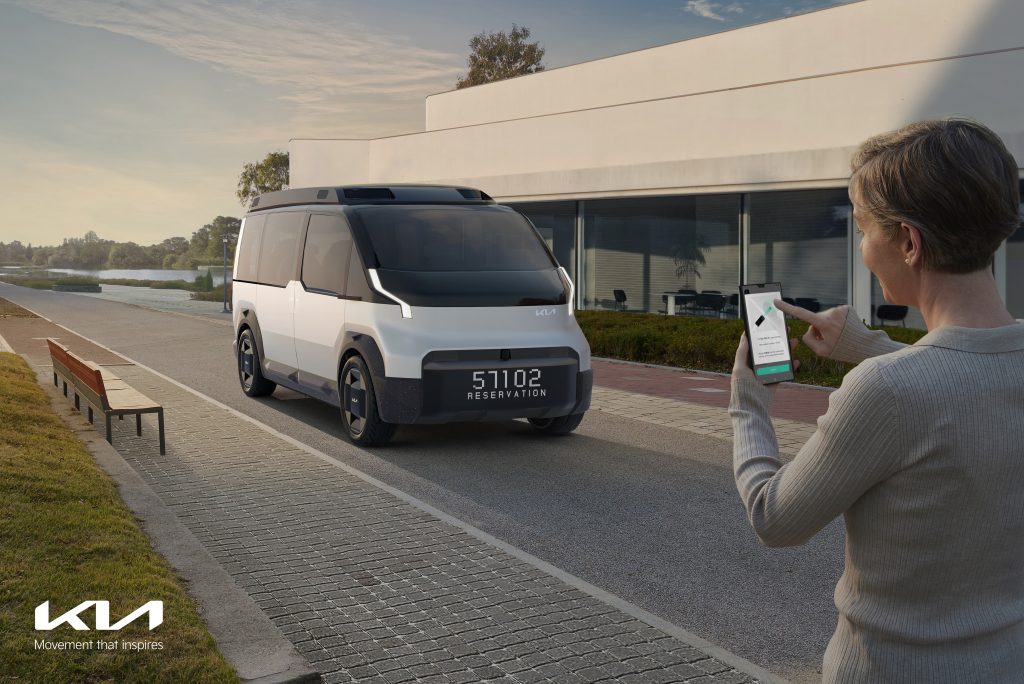Pushing the boundaries of commercial mobility, Kia has showcased 5 models at the CES 2024. While the showcased models are concepts, the PV5 will enter into production in 2025, debuting the latest platform it’s based on.
Kia claims its new Platform Beyond Vehicle (PBV) architecture is set to redefine the customer experience by integrating vehicles with software and future technologies. In phase 1, Kia will launch the PV5 commercial vehicle in major domains like hailing, delivery and other utilities. The PV5 will enhance user data connectivity such as route and delivery information, thus improving the experience.
Moving forward, phase 2 will introduce the entire range of PV vehicles to the market. The model range will evolve into an AI-based mobility platform, which will use data to interact with customers while keeping the software up-to-date.


In phase 3, Kia will offer highly-customisable bespoke mobility solutions, based on the usage of its customers. The future roadmap includes connected self-driving vehicles managed as part of a single smart city operating system.
Apart from connectivity and varied body styles, the biggest highlight of the Kia PBV architecture is its modularity, which plays in favour of both the manufacturer and end customer. Nearly all the new-age vehicle architectures are modular, thus enabling them to underpin different sizes and body styles. However, the Kia PBV platform, with its unique hybrid electromagnetic and mechanical coupling technology, enables customers to change the body style of their vehicle depending on their use.
The customers can change the upper body as per their use cases. For example, the vehicle’s lower body remains the same while the upper body can be changed from a delivery van to a taxi or a recreational vehicle. These varied body styles are possible thanks to the dynamic hybrid platform, which offers the flexibility to adjust the movable members.

